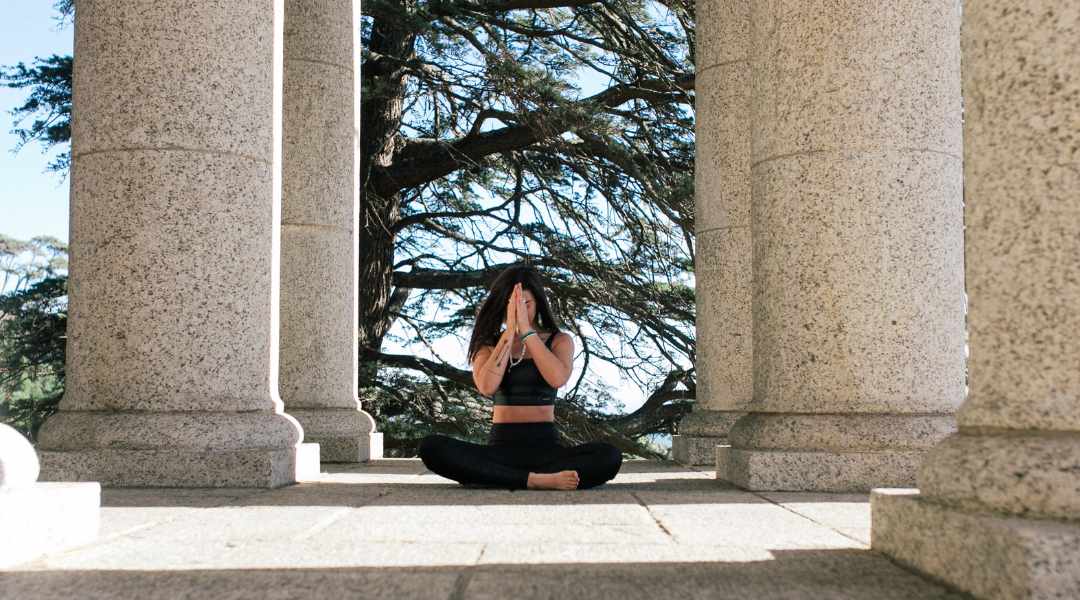Scientists and influencers alike have advocated for meditation and its benefits, but how do we start?
Studies have already shown the positive effects meditation can have on our bodies and minds, but people often struggle with it in the beginning.
With so many distractions around us, it’s easy to let our minds wander instead of focusing on the present moment.
READ ALSO: Practicing Positivity: How To Recognize And Manage Catastrophic Thinking
Trying to control our swirling thoughts may seem impossible, but the secret is in trying to create a still point in the middle of it all. Pay attention to the moment—from your breath to the ground beneath your feet.
Then, try out these meditation techniques that could be helpful to those who are struggling with the exercise.
Breathing
When was the last time you breathed? Like really breathed, deeply, while aware of the action?
Belisa Vranich, a clinical psychologist and author of Breathe: The Simple, Revolutionary 14-Day Program to Improve Your Mental and Physical Health, teaches people how to breathe for stress release and endurance.
She says, “We tend to breathe from our chest, which gives us access to only the very top of our lungs. We should be breathing from our belly. That’s what animals and babies do in a calm state.”
Breathing can be a form of meditation in itself, or a precursor to other meditative practices. You may lie on your back (with no pillow under your head), putting one hand on your stomach and the other on your chest.
Inhale and exhale through your mouth while observing your belly. Let the exhale go on as long as two inhales, slowly relaxing your whole body.
Keep breathing this way around 15 to 20 times before going back to your natural rhythm. You can take a deep breath at any time you feel stressed.
“Your breath is available to you at any time,” Vranich says. “You own it. It’s yours.”
Moving
You don’t necessarily have to sit still while meditating. In fact, Kristin Sudeikis, an internationally renowned choreographer, artistic director, and the founder of Forward__Space, believes that there is a meditative aspect to movement.
“Consciously putting yourself in motion while being guided through simple and repetitive movements can be just as calming, transcendent, and transformative,” Sudeikis says.
To do this at home, play a song that helps ground you in the background. Then just start moving to the music, pushing your arms away from you and letting them sweep around you.
Keeping your joints relaxed, you can also bring your hands forward and up over your head, “as if you’re peeling layers of the day off and away.”
Visualizing
Visualization meditation is “A technique where a person uses their imagination or their mind’s eye to conjure up specific images—a person, a situation, or a scenario,” says Kessonga, a meditation and mindfulness teacher at Headspace.
In one of the meditations Kessonga practices, he centers himself with one deep breath (in through the nose, out through the mouth).
As he exhales, he visualizes “A very warm, calming light engulfing your body, from head, to neck, to shoulders and through the entire body,” allowing his body to give way to an overall feeling of well-being and positivity.
Banner photo via Pexels by RF._.studio.

